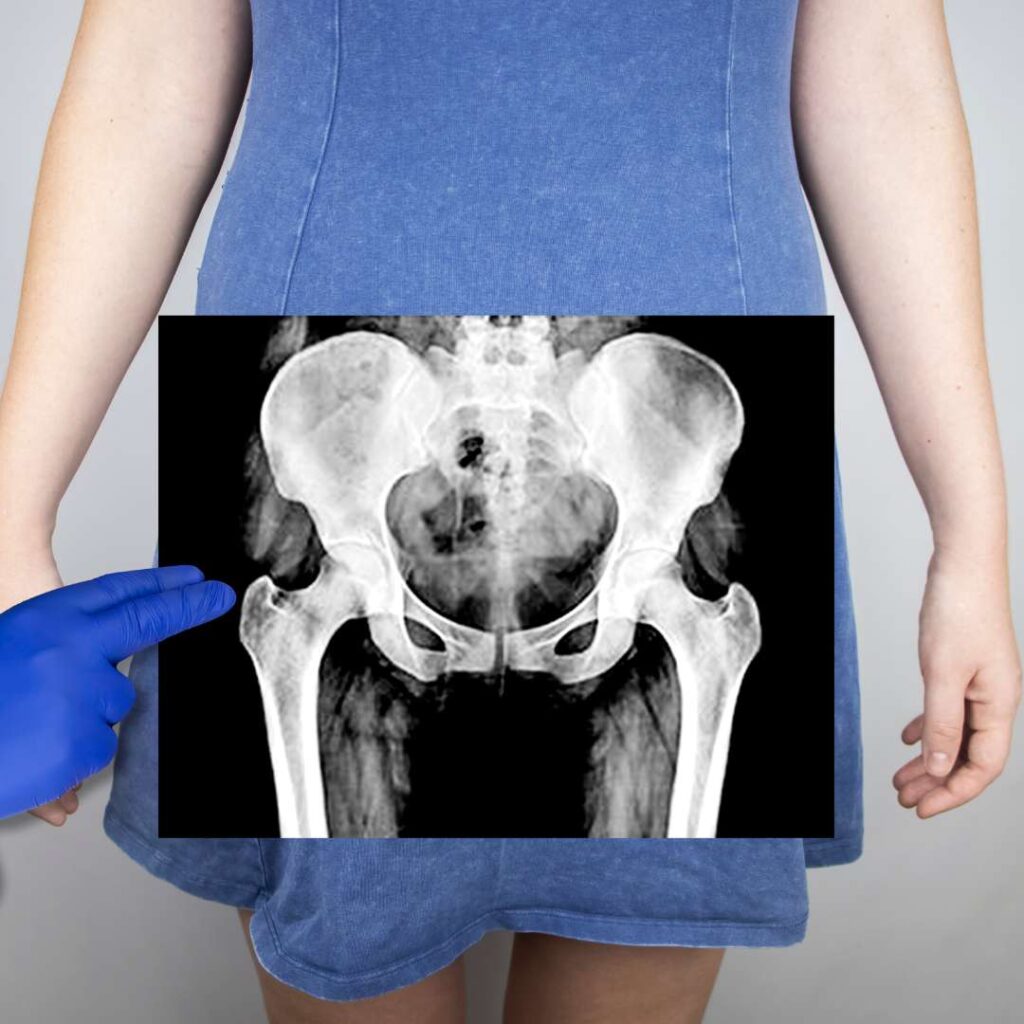February 23, 2023

Pregnancy and childbirth are beautiful experiences for any woman, but they can put a tremendous amount of pressure on her body. There are a lot of body parts that are affected during pregnancy but one area that is affected the most is the pelvic floor. It’s a group of muscles that support the bladder, uterus, and rectum. During pregnancy and childbirth, these muscles can get stretched and weaken. This can lead to a range of issues, including incontinence, pelvic organ prolapses, and pain during sex.
Mentioned below are some of the changes which can happen in the pelvic floor of women during pregnancy and pos-delivery:
State of Pelvic Floor during Pregnancy

During pregnancy, the weight of the growing fetus puts pressure on the pelvic muscles. This causes weakness in its muscles, resulting in urinary incontinence and difficulty with bowel movements. Hormonal changes during pregnancy can also affect, as increased levels of relaxing hormone cause the ligaments and muscles in the pelvis to become more flexible, in preparation for childbirth.
As the pregnancy progresses, the pelvic floor may become stretched and even torn during delivery. This can result in long-term problems such as urinary and fecal incontinence, and pelvic organ prolapse in which the pelvic organs (the bladder, uterus, or rectum) descend into the vaginal canal.
State of Pelvic Floor after Childbirth

In the postpartum period, the pelvic floor muscles and tissues need time to heal and recover. However, certain factors like engaging in strenuous activities right after delivery can slow this recovery. Women who give birth vaginally are more likely to experience the issues, but even those who have a c-section can experience issues because of the hormonal changes that occur during pregnancy. If the it does not recover properly, pelvic floor disorders can get worse. This is why it is important to seek treatment to address these issues and avoid long-term complications.
How can Physiotherapy Help to Strengthen Pelvic Floor?

Fortunately, these pelvic floor disorders are preventable and can be treated. There are ways to rehabilitate through exercises and physiotherapy. The rehabilitation exercises can help to strengthen the muscles and improve symptoms. Several different types of exercises can be performed, including Kegels, squats, and bridges.
Kegels are a type of exercise that involves contracting and relaxing the muscles. It helps in strengthening them. To perform a Kegel, a woman should tighten the muscles as if she is trying to stop the flow of urine, hold for a few seconds, and then relax. This exercise can be performed several times a day. Other than this, squats and bridges also help to strengthen the muscles in the legs and thighs resulting in a stronger pelvic floor.
Physiotherapy for the Pelvic Floor

Physiotherapist
Women’s Health
In addition to rehabilitation exercises, physiotherapy can also be used to help strengthen the pelvic floor. Physiotherapists at Osteopathic Health Centre Dubai specialize in pelvic health and can provide a range of treatments, including manual therapy, biofeedback, and electrical stimulation.
Our physiotherapists will first assess the function and determine the extent of any damage that may have occurred during pregnancy and childbirth. Once the observation is done, the physiotherapist will educate the patient about the anatomy and function of the pelvic muscles and teach her how to properly engage and relax them. This helps in preventing further damage and improving overall pelvic health. The physiotherapists also teach various exercises to strengthen the pelvic floor muscles, which help in improving bladder control, reducing pain, and improving sexual function.
The physiotherapists at Osteopathic Health Centre Dubai also use biofeedback techniques to help our patients better understand how their pelvic floor muscles are working. This technique uses sensors to monitor the activity of the muscles. The sensors are placed on the skin around the vagina or anus, and they provide feedback on how well the muscles are contracting and relaxing. It helps them to improve their muscle control and strength.

Manual Therapy is also used by our physiotherapists to address any muscle tension or imbalances that may be contributing to pelvic floor problems. It involves the use of hands-on techniques to help improve muscle function and reduce pain. This can include massage, stretching, and trigger point release.
Overall, physiotherapy can be a very effective way to help women recover from pelvic problems after pregnancy. It is important to seek the help of qualified and experienced physiotherapists at Osteopathic Health Centre who specialize in pelvic floor health to ensure you receive the best care possible.
In conclusion, the pelvic floor undergoes major changes during pregnancy and childbirth. However, with proper care and exercise, many of these disorders can be prevented or managed effectively. Women need to seek medical care and advice from their health care provider or a specialist if they experience symptoms of dysfunction. With the right treatment and care from our experts at Osteopathic Health Centre Dubai, women can improve their pelvic floor function and enjoy a healthy and active lifestyle.










